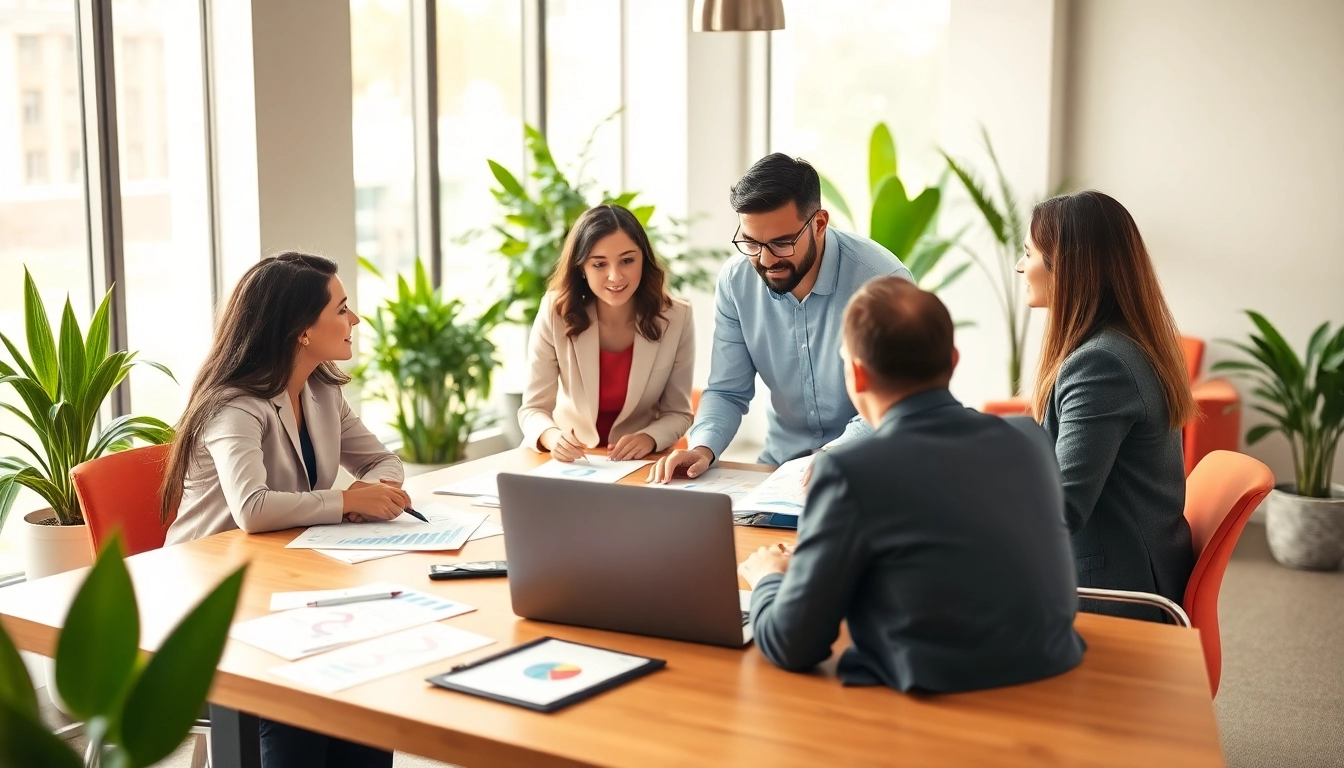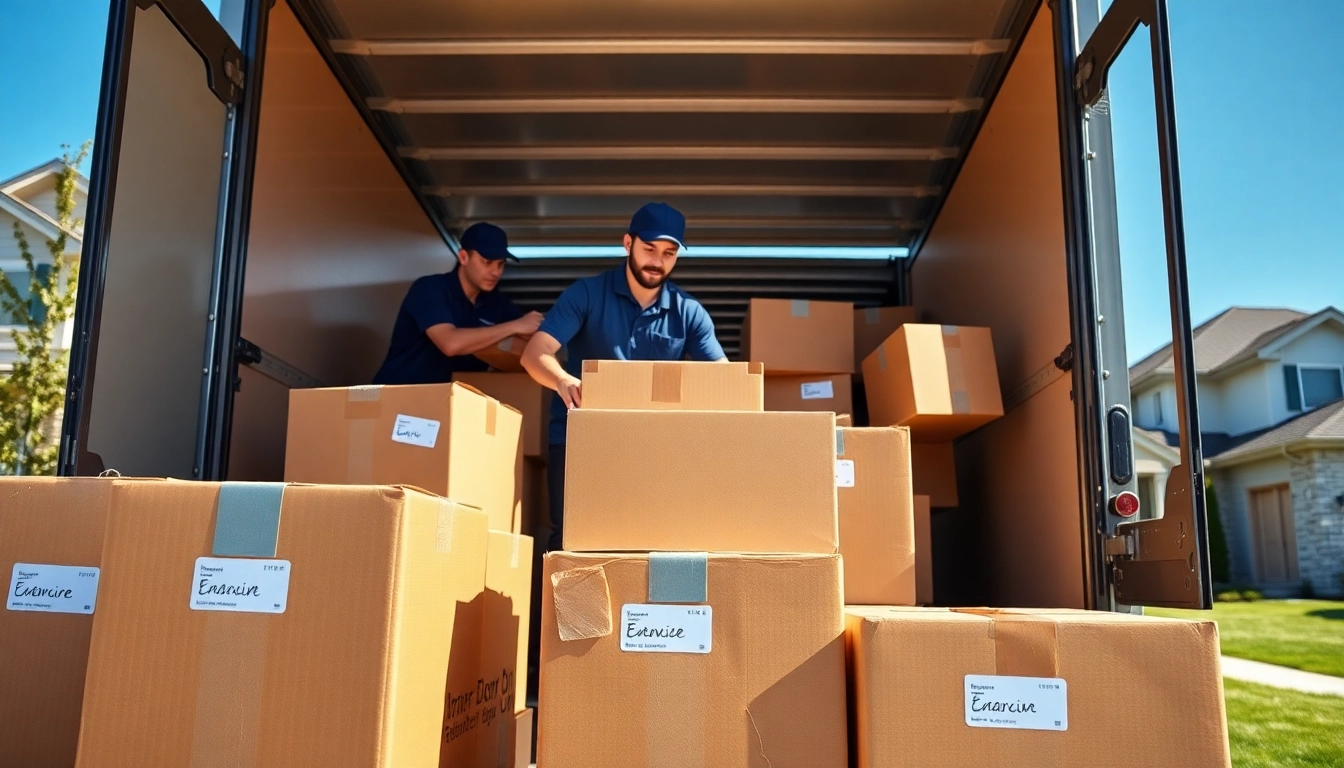Understanding House Moves: What You Need to Know
Whether you are moving across town or relocating to another state, house moves can be a challenging and daunting process. The preparation, logistics, and emotional factors involved can significantly impact your experience. Understanding the ins and outs of house moves will empower you to navigate through the process with ease and confidence. This article will provide you with essential insights into house moves, from definitions to detailed guides for planning, packing, and settling into your new home.
Defining House Moves: Terminology and Types
House moves involve the act of relocating household items from one dwelling to another. This process can be categorized into several types based on distance and methods:
- Local Moves: Typically involve relocating within a 50-mile radius. These moves usually allow for a relatively quick transition as they do not require long-distance travel.
- Long-Distance Moves: When moving across state lines or over 50 miles, these moves require more planning and coordination, often involving different logistics and costs compared to local moves.
- International Moves: These are significantly more complex due to customs regulations and international shipping requirements. Often, professional movers who specialize in international relocations are required.
- DIY Moves: Some individuals or families choose to handle their moves independently, including the renting of trucks, packing, and transporting items themselves.
- Professional Moves: Hiring a moving company to manage the transportation of belongings can ease the burden significantly. This includes packing, loading, transporting, and unpacking services.
Common Challenges in House Moves
House moves can present several challenges that may affect the overall experience:
- Logistical Difficulties: Coordinating the timing and transportation of all items can be daunting, especially if there are multiple locations involved.
- Emotional Stress: Leaving behind familiar surroundings can induce feelings of anxiety or sadness. Coupled with the physical tasks, emotions can run high during this time.
- Unexpected Costs: Expenses can accumulate quickly, from packing supplies to potentially hiring professional help, which can derail budgets if not planned carefully.
- Regulatory Issues: Long-distance moves may involve regulations and requirements that must be adhered to, such as customs when dealing with international relocating.
- Damage to Belongings: There is always a risk of breakage or loss of belongings during the moving process, which can be mitigated with careful packing but remains a concern.
Benefits of Professional House Moving Services
Hiring a professional moving service can alleviate many of the challenges associated with house moves. Here are key benefits:
- Expertise and Experience: Professional movers have the skills and knowledge to handle all aspects of the moving process efficiently.
- Time-Saving: When using a moving company, you can save time on packing, loading, and transportation, allowing you to focus on other priorities.
- Insurance and Liability: Most moving services offer insurance options which can protect your belongings in the event of damage or loss during transit.
- Stress Reduction: With a professional team handling the heavy work, you can ease most of the physical strain and emotional burden that comes with moving.
- Access to Resources: Moving companies often provide packing materials, vehicles, and specialized equipment necessary for a safe and efficient move.
Planning Your House Move: Steps to Take
The cornerstone of a successful house move lies in effective planning. By following structured steps, you can ensure that all your bases are covered.
Creating a Moving Timeline
A well-defined timeline is essential for staying on top of all moving-related tasks. Here’s how to create one:
- Six to Eight Weeks Before Move: Start decluttering and listing items you wish to take, donate, or sell.
- Four to Six Weeks Before Move: Research moving companies to find one that fits your needs and budget. Book your selected service well in advance.
- Two to Four Weeks Before Move: Begin packing non-essential items. Label boxes by room and content to simplify unpacking later.
- One Week Before Move: Confirm all arrangements with your moving company and finalize logistics. Ensure that all utilities are set to be transferred or disconnected as necessary.
- Moving Day: Execute your plan, double-check that everything is packed, and oversee loading and unloading.
Budgeting for Your House Move
Moving costs can vary dramatically depending on many factors, including distance, volume of items, and choice between DIY or professional services. Constructing a budget can prevent unexpected financial strain:
- Moving Company Fees: Obtain quotes from multiple moving services to compare prices and services included.
- Supplies: Budget for boxes, packing tape, bubble wrap, and other related necessities.
- Travel Costs: If moving long-distance, factor in travel expenses such as lodging, food, and fuel.
- Insurance: Consider additional coverage options for valuable items.
- Miscellaneous Costs: Include costs for utility deposits, cleaning services, and any repairs or maintenance needed in the new home.
Selecting the Right Moving Company
Choosing the right moving company can influence your moving experience significantly. Here are some tips for making the best selection:
- Research and Review: Look for reviews and testimonials online. Don’t hesitate to ask for references.
- Ensure Proper Licensing: Verify that the company is licensed and insured, which protects you and your belongings.
- Compare Services: Evaluate what each company offers beyond just transportation, including packing, storage, and additional services.
- Get Estimates: Request in-home estimates to get a more accurate calculation of your moving costs.
- Clarify Policies: Discuss cancellation, rescheduling, and policy for damages or loss of items.
Preparing for Your House Move: Packing Tips & Tricks
Packing is often seen as the most labor-intensive aspect of a house move. However, with the right techniques, you can streamline the process and ensure all your belongings are ready for transport.
Essential Packing Supplies for House Moves
Before you start packing, gather necessary supplies:
- Boxes: Use sturdy boxes in various sizes for different items. You can often get boxes from local stores or buy from moving supply retailers.
- Packing Tape: A strong packing tape will hold boxes securely. Be sure to use tape designed for moving.
- Bubble Wrap: This is essential for wrapping fragile and valuable items to prevent breakage.
- Markers: Use these to label boxes, specifying contents and intended rooms.
- Padding Material: Old blankets, towels, or packing peanuts can add extra protection for delicate items.
How to Pack Fragile Items Safely
Fragile items require special attention during the packing process. Here’s a method to ensure they arrive safely:
- Wrap Individually: Each fragile item should be wrapped separately in bubble wrap or packing paper.
- Layer with Cushion: Place padding at the bottom of the box before positioning wrapped items. Fill gaps with more padding to prevent movement.
- Label as Fragile: Clearly mark boxes containing fragile items on all sides. This alerts movers to handle with care.
- Transport Separately: If possible, consider carrying small, fragile items yourself in your vehicle for added safety.
Labeling and Organizing Boxes Effectively
Proper labeling and organization make unpacking far easier. Follow these guidelines:
- Room Designations: Indicate the specific room for each box (e.g., “Kitchen” or “Bedroom 1”).
- Numbering System: For easier tracking, assign numbers to boxes and keep a master list of contents for a quick reference.
- Color Coding: Use colored labels for different rooms. This speeds up the process for movers as they unload the truck.
- Prioritize Essentials: Pack a “first-night” box with essentials (toiletries, clothes, snacks) to use immediately upon arrival at the new home.
Executing Your House Move: Day-of Strategies
On moving day, executing your plan efficiently can set the tone for a positive experience. Here are strategies to orchestrate the day successfully:
Managing Last-Minute Details
Last-minute tasks can often surface on moving day. Keep a checklist to help ensure nothing is forgotten:
- Double-Check Inventory: Confirm that all items are packed and ready to go before the truck arrives.
- Clear a Path: Ensure your home is accessible for the moving truck and that walkways are free from obstacles.
- Gather Important Documents: Keep vital papers or valuables with you, rather than packed in boxes.
- Stay in Touch with Movers: Ensure you know the arrival time of your moving team and communicate if there are any changes.
Coordinating with Movers on Moving Day
Clear communication and coordination with your moving team on the day itself is essential:
- Designate a Point Person: Choose someone to communicate with the movers, answering questions, and directing them toward where items should go.
- Monitor Loading and Unloading: Keep an eye on how items are handled while loading and unloading to ensure everything is treated carefully.
- Conduct a Walk-Through: At the end of the move, do a final walk-through to ensure nothing was left behind and to check on the condition of all items moved.
Staying Calm During the House Move
Maintaining composure on moving day can help alleviate stress for both you and your family. Here are tips to help you remain calm:
- Stay Organized: Follow your checklist and moving plan to minimize surprises.
- Take Breaks: Remember to breathe! Taking short breaks can help reduce tension immensely.
- Keep Hydrated and Nourished: Have snacks and water readily available to maintain energy levels throughout the day.
- Seek Help: Don’t hesitate to ask family or friends for assistance if you feel overwhelmed.
Post-Move Considerations: Settling In
Once the moving truck pulls away, the settling-in phase begins. Making your new house feel like home takes time but can be an enjoyable process.
Unpacking Resources for a Smooth Transition
Unpacking can feel like a daunting task, yet it doesn’t have to be:
- Follow a Methodical Approach: Unpack one room at a time rather than trying to tackle the entire house all at once.
- Use Your Inventory List: Check items off your list as they are unpacked to ensure nothing is missing.
- Stay Organized: Designate areas in each room for boxes and materials, minimizing disruption and clutter.
- Involve Family or Friends: Unpacking can be quicker and more enjoyable with company.
Reconnecting Utilities and Services
Before moving into your new home, ensure that essential services are connected and functional:
- Utilities: Confirm electricity, water, gas, and internet services are transferred or set up to minimize downtime.
- Safety Measures: Check smoke detectors and security systems; replace batteries or update settings as needed.
- Emergency Contacts: Familiarize yourself with local emergency services and hospitals in case of any urgent needs.
Tips for Making Your New House a Home
Creating a warm and inviting space in your new house will help you adjust and feel settled:
- Personal Decor: Unpack and display your personal belongings early to foster familiarity and comfort.
- Explore the Neighborhood: Engage with the community, visit local shops, and make new acquaintances to build connections.
- Incorporate Plants and Art: Living plants and artwork can breathe life into your new space and create a welcoming atmosphere.
- Host a Housewarming: Organizing a gathering with friends and family in your new home can be a great way to celebrate and enjoy your new space.















Leave a Reply